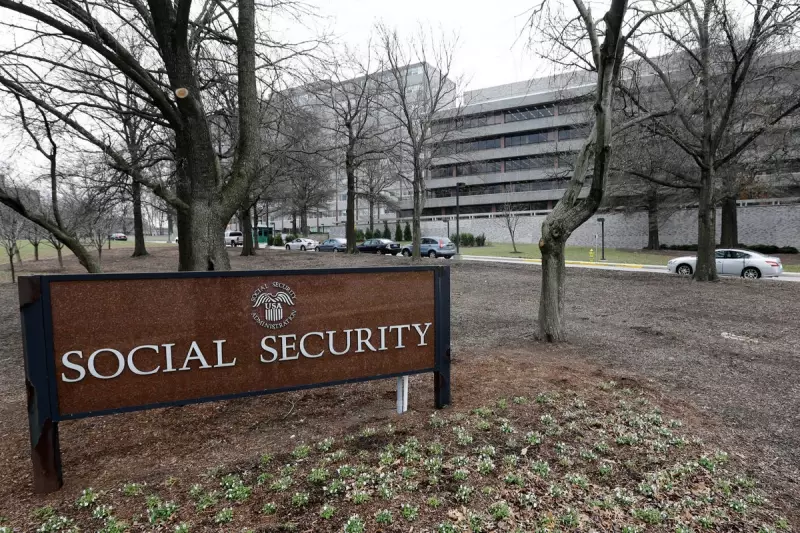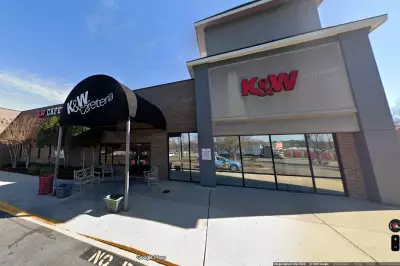
New economic data has revealed a worrying trend for millions of Americans, particularly those in retirement, as the rising cost of living continues to outpace income increases.
The Inflation Squeeze
According to the latest Consumer Price Index figures, inflation remains stubbornly high, creating significant financial pressure on households across the United States. The situation is particularly acute for older citizens relying on fixed incomes from Social Security payments.
While Social Security benefits saw a 3.2% increase this year, this adjustment has failed to match the actual inflation rate experienced by many Americans in their daily lives. The gap between income growth and living costs is leaving many struggling to cover essential expenses.
Where Costs Are Biting Hardest
The financial pressure points are widespread, affecting multiple aspects of daily living:
- Housing costs continue to climb, with both rental prices and home ownership expenses putting strain on budgets
- Healthcare expenses remain a significant burden, particularly for older Americans requiring regular medical attention
- Everyday essentials including groceries, utilities and transportation have seen persistent price increases
- Prescription drug costs continue to challenge those on fixed incomes
Real Impact on American Lives
This isn't just about economic statistics - these numbers represent real financial stress for families and individuals. Many are being forced to make difficult choices between essential needs, with some skipping medications or cutting back on food to make ends meet.
The situation highlights the growing concern about economic security for older Americans, who face the dual challenge of fixed incomes and rising healthcare needs. Advocacy groups are calling for more accurate measures of inflation that better reflect the spending patterns of retired households.
As the economic landscape continues to evolve, many are left wondering when - or if - financial relief will arrive for those most vulnerable to price increases.





